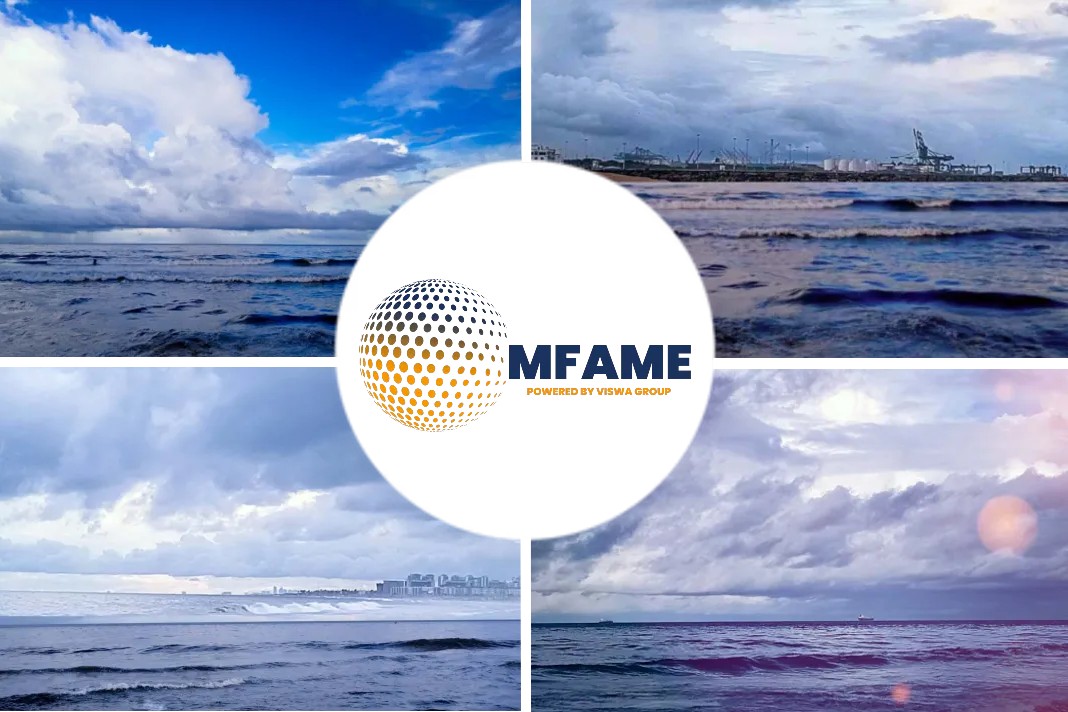Low sulfur and high sulfur fuel oil cargo premiums were rising in Asia and Europe, partly due to less product being loaded at Russian ports, and this trend is expected to continue into the week of March 14, according to traders in Asia.
“Fewer traders are willing to risk taking these [Russian] cargoes, besides shipowners and insurers are by and large either balking at calling at some Russian ports for product or quoting very high rates,” a trader in Singapore said.
Meanwhile, crude oil futures opened lower on March 14 in Asia, with May ICE Brent trading at $109.27/b at 0300 GMT March 14, down from $111.29/b at the 0830 GMT Asian close on March 11, says a Market Insight published in Platts.
Marine Fuel 0.5%
S&P Global Commodity Insights data showed that the cash differential to the Mean of Platts Singapore Marine Fuel 0.5% assessment averaged $19.25/mt in March as of March 11, compared with the February average of $15.65/mt.
The Singapore Marine Fuel 0.5%S April/May swapsspread stayed stable March 14 morning from the March 11 assessment at $35.75/mt, according to brokers, with the spread bid at $30/mt against no offers in response, Intercontinental Exchange data showed.
More US refineries continue to turn to Middle Eastern and African low sulfur crudes, vacuum gasoil and straight-run fuel oil as refinery feedstock, in a bid to maintain middle distillates output, driving up premiums for those feeds in Asia, Middle East traders said. “While Russian fuel oil and vacuum gasoil was a big component of their feed mix, they’re now weaning themselves off it, so the sources of supply are now extremely limited, and we’re seeing these numbers in the rising premiums,” a trader in Fujairah said.
Traders expect the high outright prices of delivered LSFO and market volatility to slow demand at both the bunker hubs of Fujairah and Singapore, especially as buyers defer and minimize requirements.
Premiums for the balance of March term ex-wharf marine fuel 0.5%S at Fujairah could strengthen, as importers are likely to halt shipments of LSFO feedstock typically sourced from the Black Sea refineries due to skyrocketing freight rates and sanctions against Russia, local sources said.
Strong backwardation has fueled Singapore suppliers to move spot ex-wharf marine fuel 0.5%S parcels for balance of March supply, despite anticipating an enduring shortage of components for the LSFO blending pool, traders said.
High sulfur fuel oil
S&P Global data also showed that the cash differential to the MOPS 180 CST HSFO assessment, after flipping to a premium Feb. 28, rose to $9.65/mt March 11, dipping slightly from the March 10 assessment at $9.75/mt.
The Singapore 380 CST high sulfur fuel oil April/May spread narrowed March 14 to $12.50/mt from the March 11 assessment of $13.75/mt, according to ICE data and brokers’ indications.
Singapore’s HSFO stockpiles remain adequate for downstream requirements, despite emerging concerns over feedstock availability amid the recent spate of economic sanctions on Russia, industry sources said.
Plentiful HSFO inventories at the Middle Eastern port of Fujairah may weigh on premiums for the balance of March term ex-wharf 380 CST HSFO parcels, traders said.
Intensifying competition is expected in Fujairah’s HSFO bunker market, while downstream demand is likely affected as suppliers shun Russian-flagged vessels to avoid potential payment issues, according to local bunker suppliers.
Did you subscribe to our daily newsletter?
It’s Free! Click here to Subscribe!
Source: Platts























